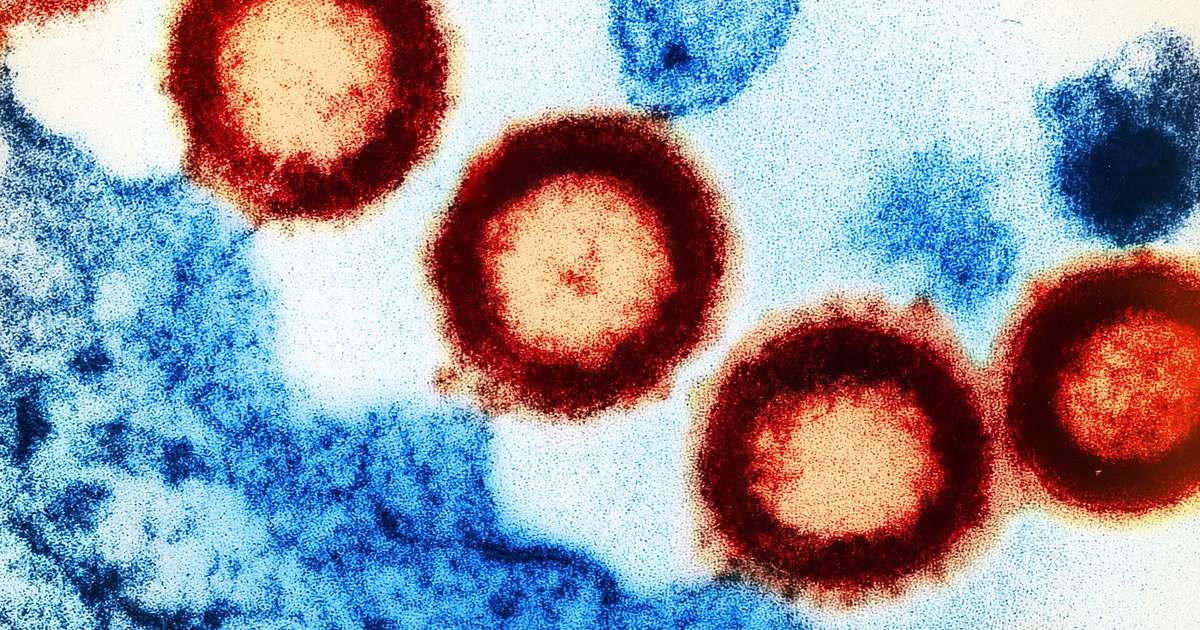Scientists have found HIV DNA in microglia, the immune system cells found in the brain. Research may lead us to eradicate the pathogen once and for all
June 19th
2023
– 21:55
(updated at 10:46 p.m.)
Scientists have proven, in a new study, that the Human Immunodeficiency Virus (HIV, in English-speaking acronym) manages to remain dormant in the brain. The continuous reservoir for the pathogen is microglia, a type of cell that is part of the human immune system. Now that this presence has been confirmed, it is possible to look for ways to eliminate the virus from the organ, as well as from other parts of the body.
HIV is a retrovirus, which means that, as part of its life cycle, it copies its genetic material and inserts it into host human cells. Usually, the infection occurs in a specific subtype of white blood cell, which is an essential part of our immune system. The gradual loss of them as they succumb to pathogens leads to the occurrence Decreased immune function in the body And if left untreated, it leads to acquired immunodeficiency syndrome – AIDS.
However, in some cases, HIV-infected cells take a different path, entering a so-called latency state, that is, they become dormant or inactive, and may remain so for many years. currently , Treatments received by people living with HIV It leads to an undetectable state of the virus, that is, the infection is under control and the pathogen is no longer transmitted.
However, sleeper cells are still present, although harmless, which means that stopping treatment leaves room for infections to cause problems.
Finding HIV in the brain
Science already knew that microglia act as a permanent reservoir in the brain, so it was suspected in the past that HIV could get there, but there was no way to prove this event. It is already difficult to harvest brain tissue naturally, and in patients receiving HIV treatment, the operation becomes particularly risky. What changed the situation was the program The last gift (The Last Gift, free translation).
The samples came from people living with HIV, undergoing treatment, but facing a life-threatening disease. In the program, they not only agree to donate their bodies to science, but also volunteer to participate in research in the last months of their lives. In addition to studying donated brain tissue samples, the scientists also conducted experiments on the brains of rhesus monkeys (Mulata monkey) infected with simian immunodeficiency virus (SIV)which is close to HIV.
By detecting HIV DNA in microglia collected from brain tissue, it was possible to establish that the pathogen lies dormant in the organ. The researchers’ plan now is to find out how big the brain’s reservoir is, and how the virus manages to hide there for so long. Apparently, it is a different mechanism than the one that allows HIV to be present in white blood cells.
HIV, according to scientists, is “very smart.” The virus has evolved to have epigenetic control over its expression, meaning it can silence itself in order to hide in the brain, away from immune threats. With this finding, we begin to reveal how the pathogen was able to do this. Finally, get Understanding HIV may give us a way to eradicate it in its underlying condition down to the true cure for the disease it causes.
source: United Nations University College of MedicineAnd The last gift via IFLScience
Trending on Canaltech:

“Wannabe internet buff. Future teen idol. Hardcore zombie guru. Gamer. Avid creator. Entrepreneur. Bacon ninja.”


